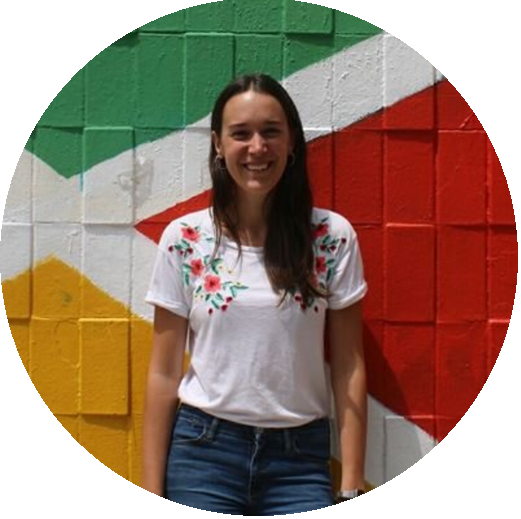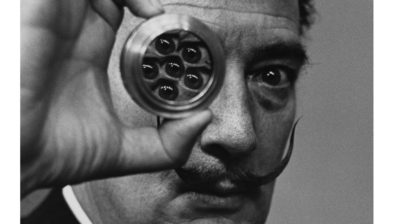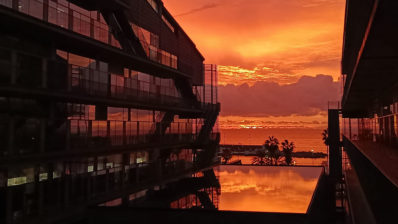How are organs formed? What rules govern the developmental patterns that most mammals share? This and other questions will be answered in the fifth episode of the second season of ‘La mare de la ciència’, the scientific dissemination podcast in Catalan of the Barcelona Biomedical Research Park (PRBB.
In this episode, Heura Cardona Blaya, a technician in the group that studies the biology of multicellular systems at the European Molecular Biology Laboratory – Barcelona (EMBL Barcelona), explains how they study the development of the upper limbs to form ‘the five fingers of the hand‘.
In her group, they combine computational models and experiments to understand how fingers develop. And they do all this research in the mouse animal model. Thus, they have discovered that hands are formed from a primitive structure that has the shape of a shovel, where the different cells decide their fate to become bone, muscle or cartilage or even to die to leave space between the fingers.
They have also been able to demonstrate that finger formation is explained by the reaction-diffusion model, described by the mathematician Alan Turing. According to this model, two elements activate and inhibit each other to give a regular pattern. Thus, they found that this model explains processes as diverse as the formation of digits or the fur patterns of many animals.
Heura gives voice to a group of professionals that is very abundant in research and that is often invisible: research technicians. A profile that, apart from maintaining the laboratory, teaching and supporting, “helps doing experiments in the most robust way, which enables their replication”.
We invite you to listen to this new episode!







